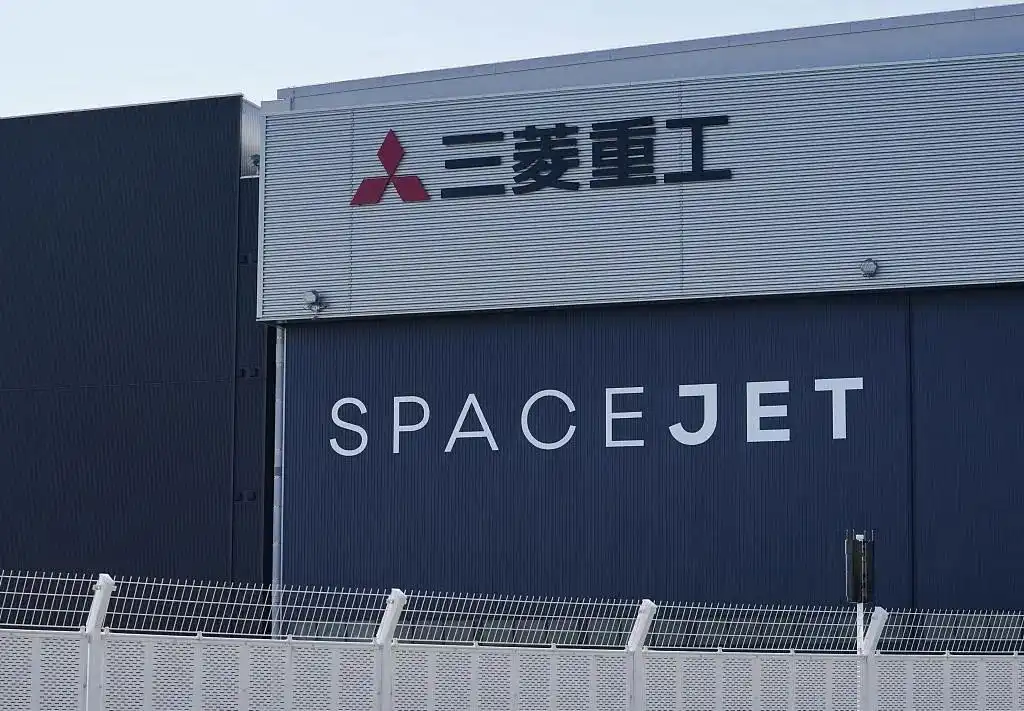Japan restarts research and development of domestic hydrogen passenger aircraft, investing US$33 billion in ten years
After more than ten years of failed research and development, Japan once again challenged to build Chinese-made passenger aircraft.
After Japan's Mitsubishi Heavy Industries Corporation announced last year that the development of the country's first Chinese-made regional jet jet had failed, the Japanese government announced on March 27 local time that it would restart the research and development of Chinese-made passenger aircraft. It plans to launch a Chinese-made narrow airliner powered by new energy after 2035.
Japan's Ministry of Economy, Trade and Industry held an aviation industry expert meeting attended by government officials, experts and business people on March 27 to formulate a new strategy for industrial development. This is the first time that the Japanese government has revised relevant strategies since 2014. According to this strategy, the Chinese-made passenger aircraft to be developed by Japan will no longer use traditional fuel, but will adopt "new environmental protection technologies" based on decarbonization needs and be powered by hydrogen energy or other energy sources.
The Japanese government and private companies plan to jointly invest about 5 trillion yen (about 33 billion US dollars) in the next 10 years for the project. The Ministry of Economy, Trade and Industry and related companies are expected to launch empirical projects as early as 2025.
Deputy Minister of Economy, Trade and Industry Khiro Iwata told reporters before the meeting that in order to achieve sustainable growth in the aviation industry, Japan is not satisfied with its current status as a parts supplier and hopes to occupy a leading position in areas such as carbon neutrality and cooperate with global partners. Develop narrow-body passenger aircraft.
Agence France-Presse said that passenger jets powered by hydrogen energy seem to have "exciting prospects" for Japan, but environmentalists question that there is no reliable supply chain to supply green hydrogen, which is hydrogen produced from renewable energy such as wind energy and light energy. An official from the Ministry of Economy, Trade and Industry responded to this:"There are no specific decisions at this stage, but they may include hybrid power, hydrogen combustion and hydrogen fuel cells. This is the next generation technology we are exploring possible use."

Japan launched the research and development project of the first Chinese-made jetliner SpaceJet (formerly known as MRJ) in 2008, which was independently undertaken by Mitsubishi Heavy Industries. The research and development process has been full of twists and turns, costing a total of about 1 trillion yen (about 6.62 billion US dollars at the current exchange rate), and delivery has been delayed six times due to design errors and other reasons. Mitsubishi Heavy Industries announced in February last year that it would stop research and development because it could not see future development prospects.
According to the Ministry of Economy, Trade and Industry, the main reasons for the failure of Mitsubishi Heavy Industries 'R & D projects include insufficient understanding of the safety certification process, lack of experience in dealing with overseas suppliers, and changes in the market environment.
Edward Bourlay, an analyst at CLSA in Japan, said in an interview with AFP that the Mitsubishi Heavy Industries R & D project has a "huge cost burden" and is a "nightmare project." In contrast, Japan's new R & D plan involves the participation of multiple companies, which can spread risks to a certain extent, but collaborative cooperation is more difficult. In addition, the R & D direction driven by hydrogen energy is "a bit uncertain" in terms of input-output ratio.
